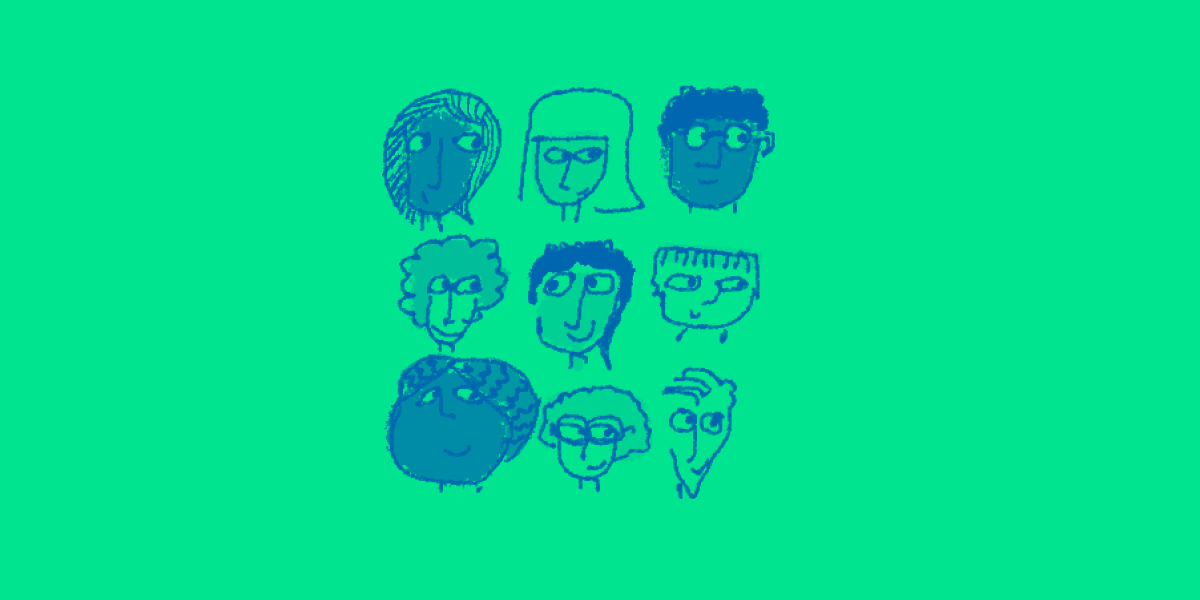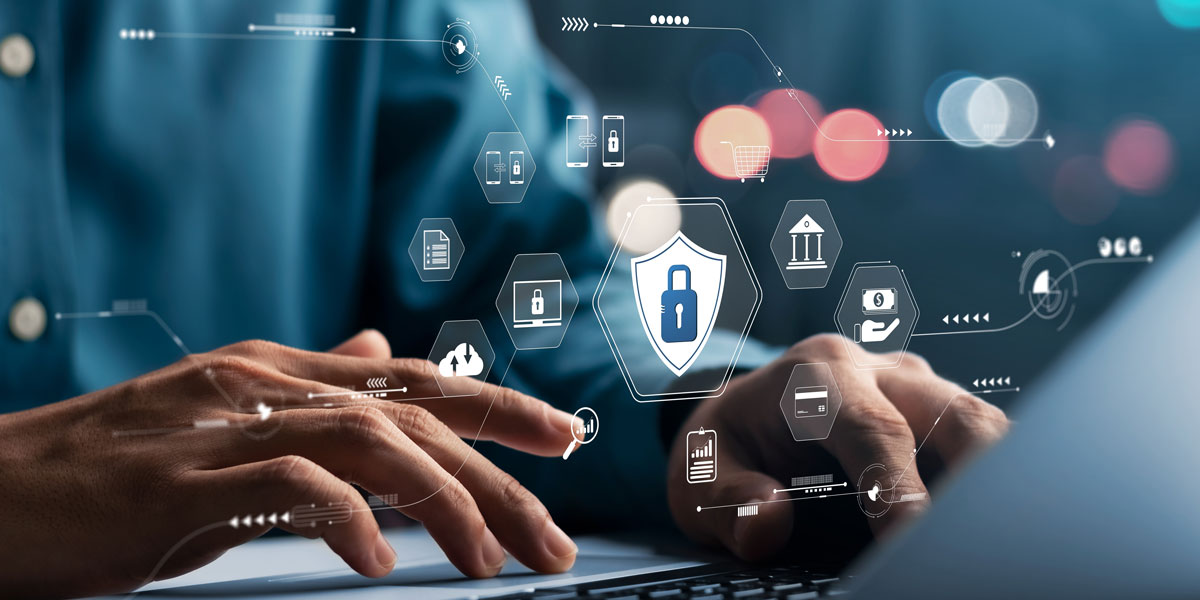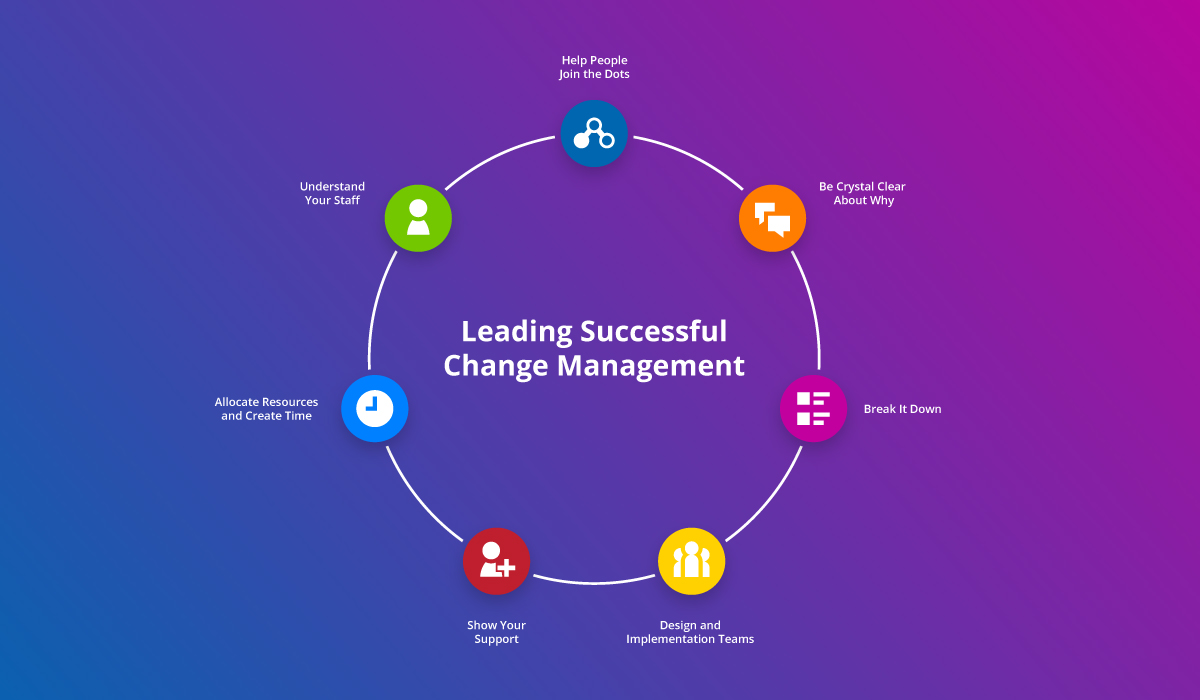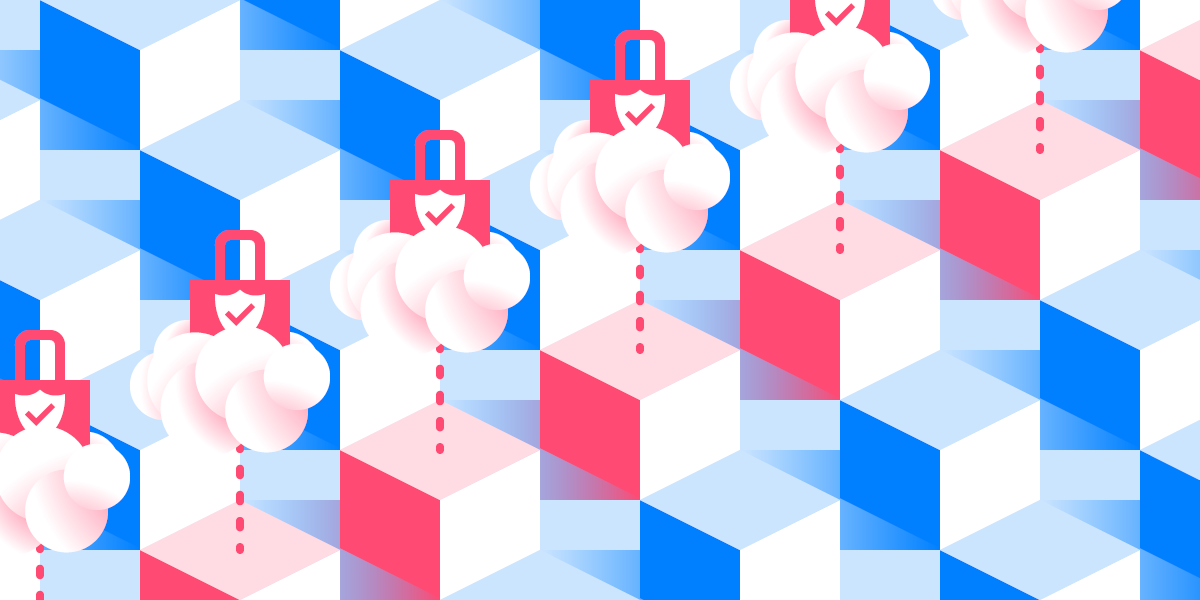In a previous post, we explored the theory and four conditions required to achieve social learning in your classroom. In this blog, we discuss what those four conditions look like for K–12 students and what tools and strategies teachers can use in their classrooms.
Importance of Social Learning
Social learning does what it says on the tin; learn from and with others.
An important aspect of social learning is that it moves away from the environment being the teacher and shaper of the identity, to acknowledge that the environment plus behaviour shapes the personality and surrounding influences.
Humans impact their world as much as the world impacts humans. As educators, you can construct the environment that will help shape your students. You will be able to reinforce certain behaviours by monitoring responses and finding resources that will help model and shape the environment and behaviour.
Bridging the Gap between Behavioural and Cognitive Learning
Social learning creates resilient learners who become students with a strong sense of self efficacy. Behavioural theory suggests that people learn from their environment. Cognitive learning theory looks at the processes used to learn.
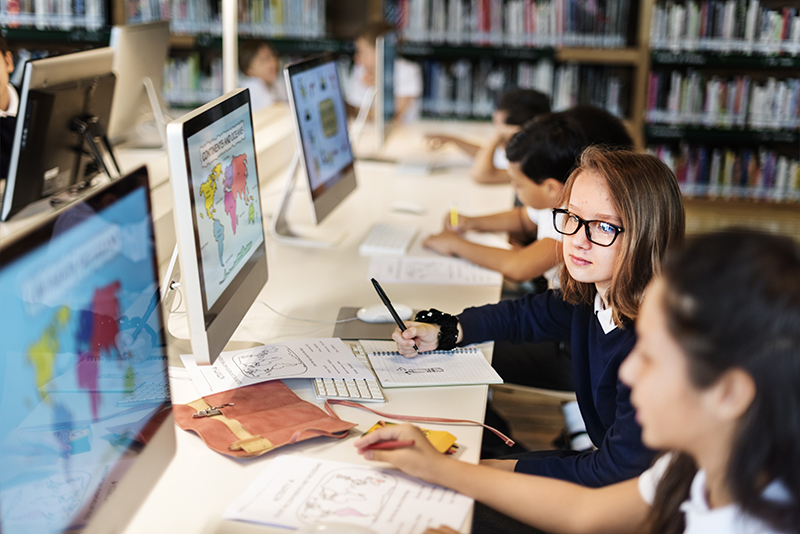
The theory was first developed by psychologist Albert Bandura in the 70’s, however, people have been learning from each other and their environments for centuries. We all intrinsically know what it is and how to enact it.
Bandura’s theory provides us with four ideologies to show how to create the ideal conditions for positive social learning to take place—attention, retention, reproduction, and motivation. If all four conditions are enabled, students can act as both educators and learners.
The concept also encourages positive reinforcement and negates unfavourable behaviour through the responses of others. This holistic approach means that students are continuously learning in all environments.
So, what do the four conditions look like in the classroom?
Condition 1: Attention
Students enjoy novel or different concepts and scenarios. This newness captures the imagination. Social contexts support the idea of engaging with the new.
Examples
- Students can share examples from their own life via soundbites, images and video.
- Share YouTube clips that link to the concepts being explored.
- Use your online classroom to create a playlist of a variety of people students are interested in—for instance, interviews with an expert or a role model from TedTalk.
- Using technology and applications they enjoy.
- Gamify the learning.
Often seen at the beginning of a lesson, teachers use a quick starter activity to grab the students’ interests. At the start of a unit, hooks are used to excite the students into the larger concept being explored. Incorporating an online learning environment within the classroom via an LMS or School Portal can drive student inquiry and encourage self-guided exploration.
Condition 2: Retention
Retention is seen when the behaviour modelled is recalled. Normally this takes place when students are placed in similar situations to when the behaviour was first learnt. This is because the scenario and the reactions align to the moment it was first witnessed.
Examples
- Use your online classroom to easily recreate familiar scenarios multiple times, so that identification and retention can take place. Different examples from a variety of resources allows students to connect with an example that relates to them.
- Construct positive learning habits and attitudes.
- Explicitly teach and demonstrate digital citizenship so behaviour may be repeated over several lessons.
- Discuss positive social network behaviour and reiterate through exercises within the controlled online environment, so students have ample time to observe and retain.
Often seen as habits and rituals reinforced by social interactions.
Condition 3: Reproduction
Reproduction refers to behaviour that is repeated. Although it can often be done easily, mental and physical rehearsal will improve the responses.
Examples
- Upload voice recordings to break down and explain exemplars for students who prefer spoken explanations.
- Encourage sharing of work via Google Drive or OneDrive and facilitate peer-reviewed work in and out of the school day.
- Utilise your LMS via the quiz tool to provide students transparency with their accuracy and time management when completing a task or assessment.
- With class presentations and performances, provide the opportunity for students to record their rehearsal and upload it to the online learning environment to gain formative feedback.
Using a planning sheet that is recorded and stored within your online learning platform can be a simple way to achieve this condition. A role play of a job interview for instance is a great example. Feedback from the teacher and peers can be collated into the same system and provided to the student in a streamlined manner.
Condition 4: Motivation
Students are motivated by the outcome of the behaviour. A good response from others will motivate them to learn, repeat and reproduce. Similarly, they will avoid behaviour if the outcome is unfavourable.
Examples
- Use your LMS to nominate students to provide feedback and communicate to parents with ease.
- Record and store SMART goals that are identified and set together with the student in the student’s online portfolio, allowing for reference and continuous evaluation.
Positive reinforcement from the teacher is an impactful way of using motivation in social learning. This can also have positive ripple effects on students other than the one being provided feedback.
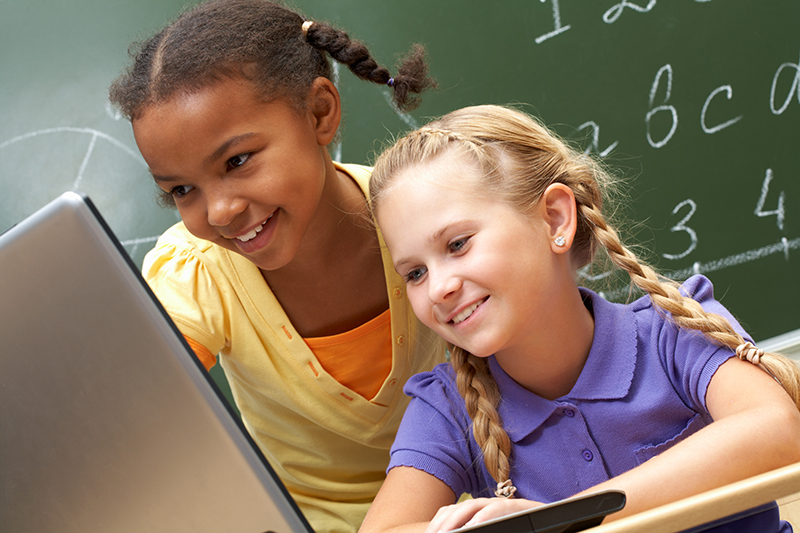
Why Social Learning for 21st Century Pedagogy?
Social learning has substantial links with building resilient learners and creating strong self efficacy in students.
With social learning, students gain the belief they can manage and enact the behaviour needed to succeed in a variety of situations. Self efficacy and motivation are linked and together work to create processes that impact upon how students set and pursue their goals.
Strong self efficacy in students creates individuals who view setbacks and problems as challenges. As we step further into the 21st century, creating resilient learners is a value of social learning that should not be underestimated.
If you want to find out more about tools and strategies to use social learning in your classroom, contact a friendly Schoolbox team member today.
